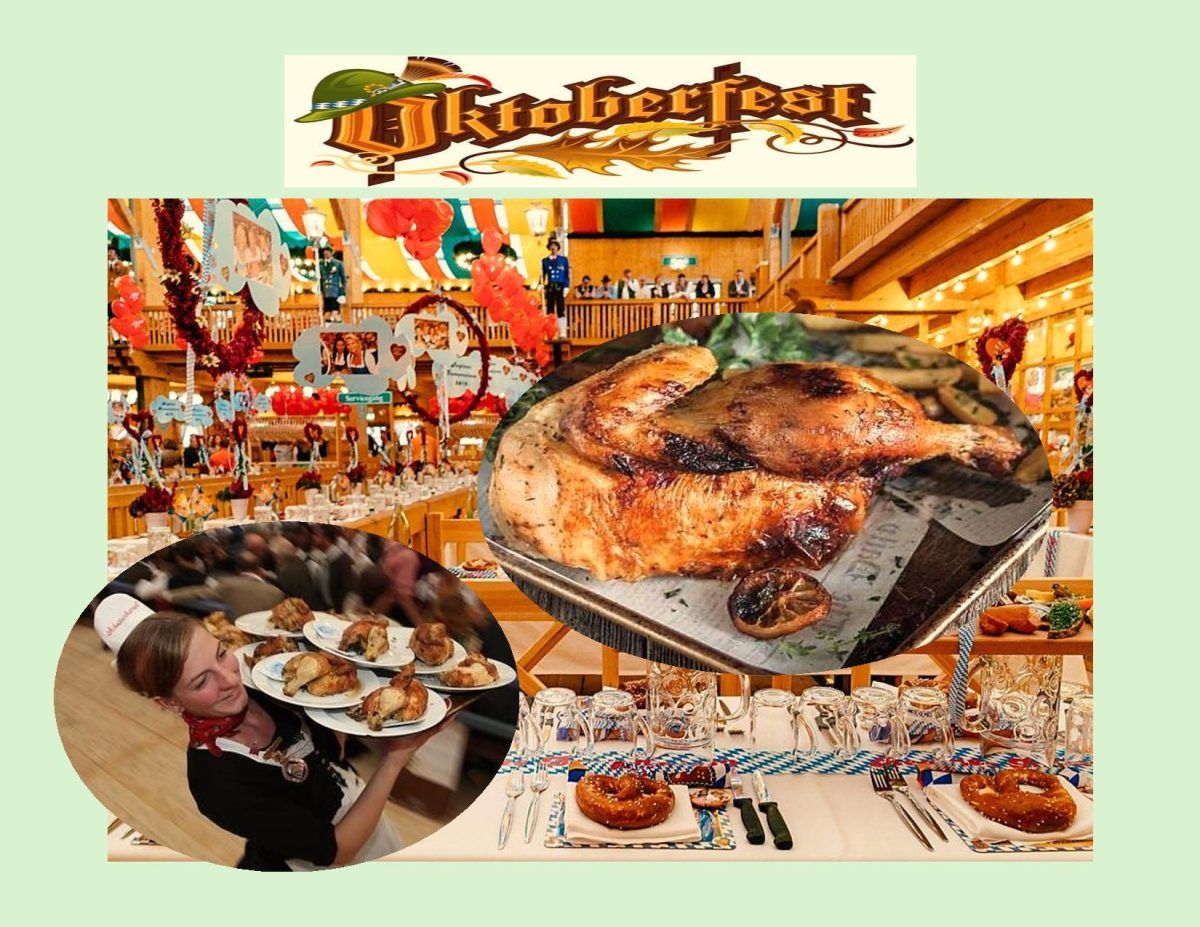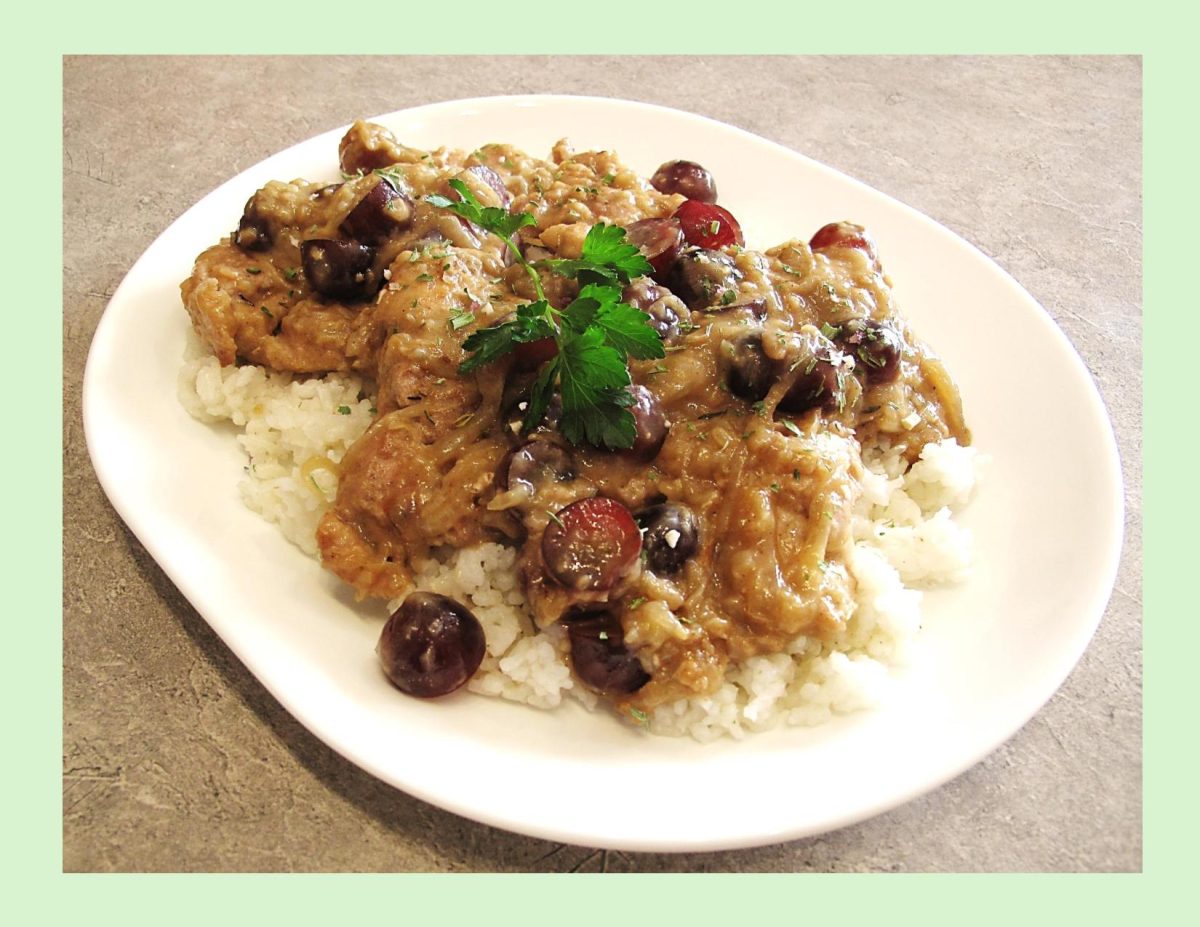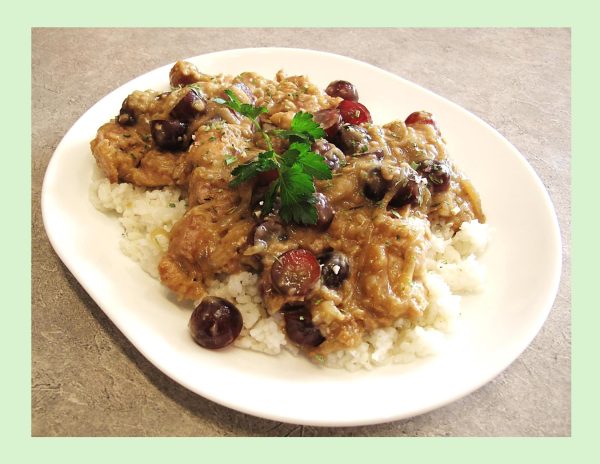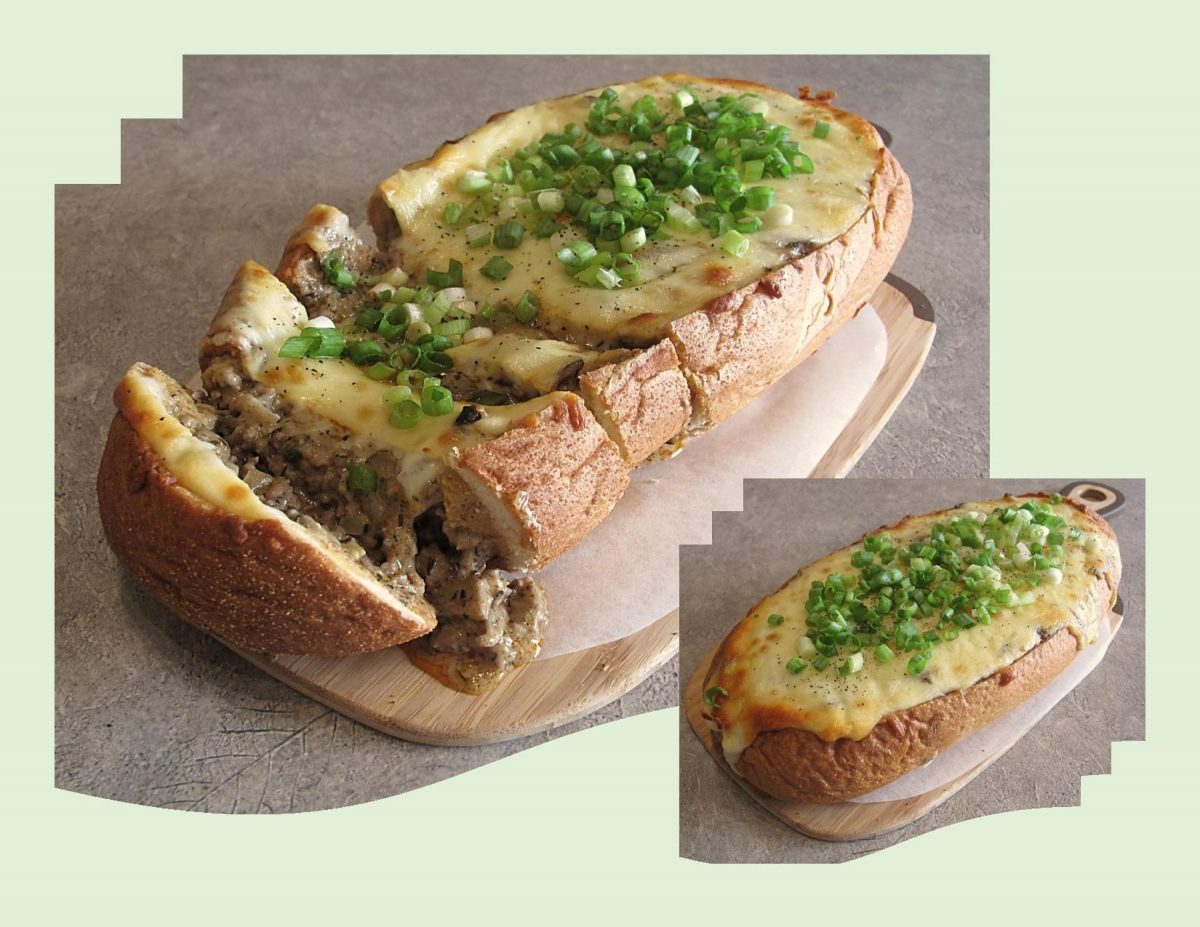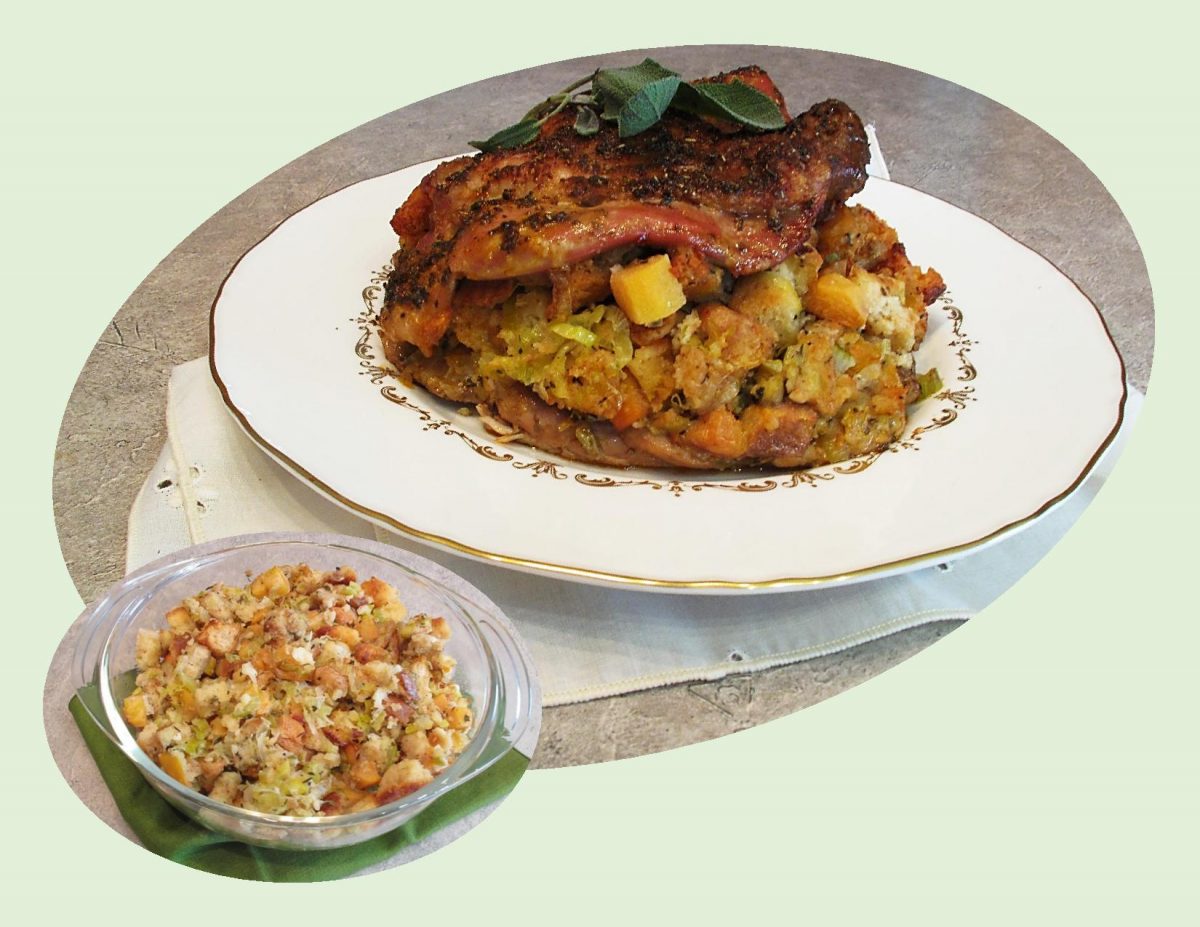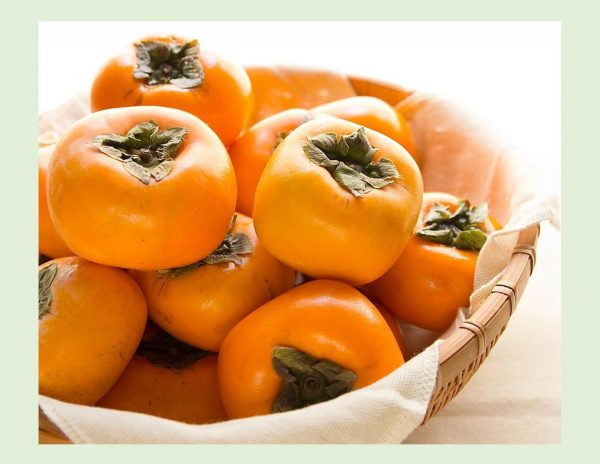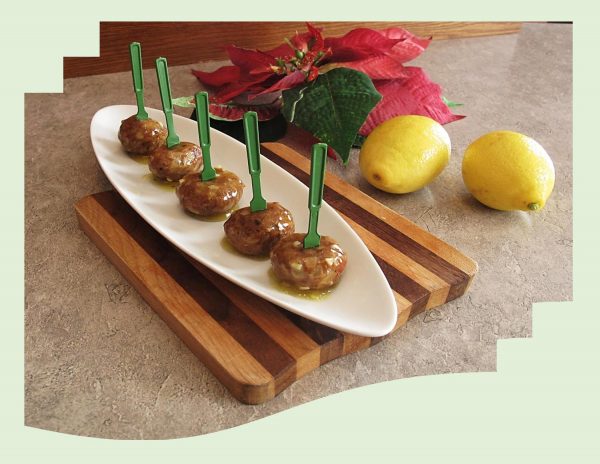CELEBRATING OKTOBERFEST (SEPT 21-OCT 6 /2024)
The first Oktoberfest took place in 1810 as part of the celebrations of the wedding between Crown Prince Ludwig, the later King Ludwig I. of Bavaria, and Therese of Sachsen-Hildburghausen.
On October 17 the five-day celebrations ended with a public horse race at a meadow between Munich and Sendling.
Due to the great success of this great conclusion of the ‘October Fest’ the formerly nameless meadow below the Sendling hill became the name ‘Theresens Wiese’ (Therese’s Meadow) in honor of the bride.
After 1815 this name was simplified as ‘Theresienwiese’. As it initially only served the Oktoberfest, besides some agricultural cultivation, the name of the event and its location merged.
As people from Munich like merging syllables just as they like to merge names, sometime later, they would simply go to ‘Wiesn’. Hence, in Munich you literally say, ‘I’m going out to the meadow’ (naus auf d’Wiesn), when you visit the Oktoberfest.
To many Munich locals the focus of the world-famous Oktoberfest isn’t the beer at all, but rather the huge number of rides, rollercoasters, ghost trains, and other funfair attractions that line the festival’s many avenues.
Certainly, of equal importance to the beer is the food, and most beloved of all is the recipe for the famous Oktoberfest Chicken.
‘Wiesnhendl’ means Wiesn chicken which is not a breed in itself. The name actually only indicates the ultimate fate of the chicken – for example to be eaten at the Wiesn.
Not every chicken can be a Wiesn chicken, as it must be born in the second week of August in order to reach the necessary weight for butchering. Only chickens whose star sign is Leo end up at Oktoberfest! I understand, it’s reasonable to estimate that around 700,000 chickens will meet their golden-brown fate at the Wiesn.
The chicken makes a good choice: it’s easy to prepare in large quantities, can be served in seconds (chicken on the plate, moist towelette on the side) and the diner generally eats it with their fingers, saving on loads of washing up.
The chicken also contains a fairly generous proportion of fat, which helps to extend diners’ beer consumption time by slowing down the absorption of alcohol by the body. Another trick the hosts have is brushing the chicken skin with a salty brine solution to make the skin extra-crisp – as well as making guests extra-thirsty. So, everyone wins.
‘Hendl’, the Bavarian word for chicken, is non-gendered so can refer to a rooster or a hen. The right size and weight to feed two hungry people should be around 1300 grams (about 2.86 lbs.).
Another thing to keep in mind is that you can’t have Oktoberfest without pretzels. Large and soft, they’re the perfect accompaniment to chicken and beer.

| Servings |
|
- 1.59 kg (about 3 1/2 lbs.) chicken
- 6 sprigs thyme
- 6 sprigs parsley,
- 3 cloves garlic, sliced in half
- 1 lemon, quartered
- 1/4 cup butter,
- 1/4 cup olive oil
- 1 tsp EACH paprika, oregano, garlic powder & coarse salt
Ingredients
Chicken
Spiced Butter/Oil
|

|
- Preheat oven to 375 F.
- Wash chicken & pat dry with a paper towel. Stuff the cavity with thyme, parsley, garlic & lemon.
- Melt the butter, mix in the olive oil & the spices. Place the chicken breast side up onto the rack of a roasting pan. Brush it with the spiced butter/olive oil.
- Place in the oven & brush with spiced butter/olive oil again in about 20 minutes. (If the chicken is browning too quickly, tent it with aluminum oil.)
- In 40 minutes check the temperature with a meat thermometer. Brush with more spiced butter/olive oil.
- Continue cooking until the internal temperature reaches 165 F. If you want crisper skin, turn the heat up or broil for the final few minutes (keep an eye on it).
- Place the cooked chicken onto a cutting board with a lip of a cutting board inside a baking sheet (to contain the juices). Allow to rest 5-10 minutes. Cut across lengthwise with a heavy knife, pressing down firmly. Remove the herbs and lemon and serve.

